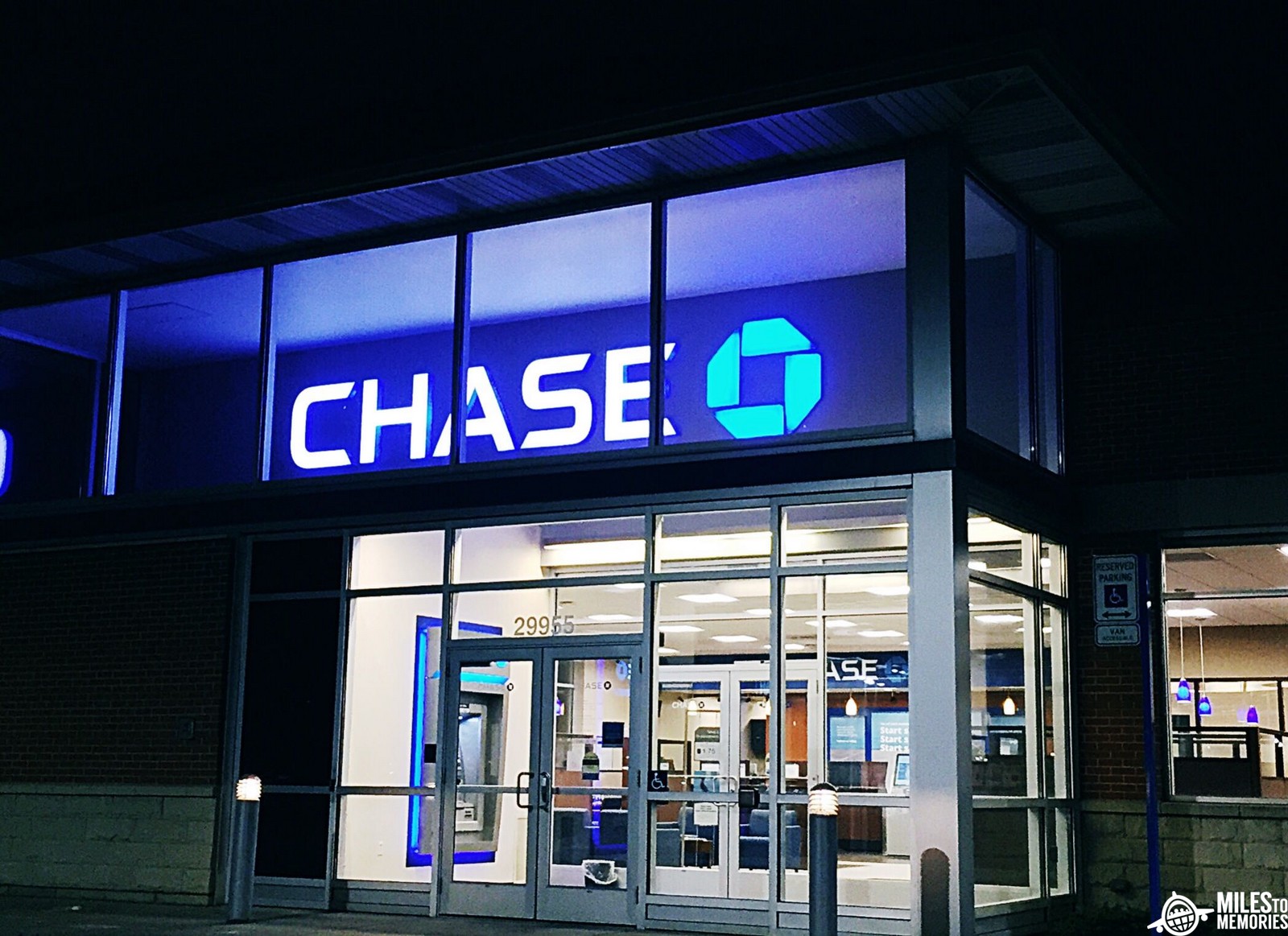
Chase Ultimate Rewards Redemption
I’ve spent years honing my award redemption strategy, whether it’s for flights, train rides, cash back, or some other discounted doohickey. My goals and award choices can vary over time, but I’m very set in my ways to a certain extent. That’s true with my Chase Ultimate Rewards redemption strategy. I’ve cashed out Chase’s rewards currency since the beginning. With Pay Yourself Back, my decision to continue was a no-brainer – instead of “just” one cent per point, I began cashing out at 1.5 and 1.25 cpp.
But recently, that changed, even if it’s just one single time. Along the way, I revalidated my Chase Ultimate Rewards redemption strategy, unsurprised at the results. Let’s get into it.
A Travel Need
While planning an upcoming trip, I identified a need for a single-night, low-maintenance hotel award stay. I didn’t care much about brand or quality of the property. My only firm requirement was to use hotel points for an award night. The MtM Diamond Lounge came in handy with a hotel recommendation. Also, a Globalist friend offered to hook me up with a Guest of Honor stay at this Hyatt Regency property (my top-tier status with Hyatt died with the Gold Passport program many years ago). It was a slam dunk decision. But along came something with which I wasn’t very familiar.
I needed more Hyatt points. Over the many years since largely moving away from Hyatt, I slowly depleted my balance with infrequent stays.

A First
The property required 12k points, and my existing Hyatt points balance sat just over 11.9k. Given the stars aligned with a solid recommendation and Guest of Honor benefits, I did something for the very first time – rather than cashing out, I transferred Chase Ultimate Rewards to a travel partner. The 1k minimum points transferred instantly, and I promptly booked the 12k night at this Hyatt Regency within walking distance from the airport.
I now have about ~900 Hyatt points within my account, and I expect them to remain there in perpetuity. But why?
A Last, and Why
I’m confident that’s the first, last, and only time I’ll transfer points to a Chase Ultimate Rewards travel partner rather than cashing out. The only way I’d see that changing is if Chase completely overhauls their Ultimate Rewards program, which I don’t see happening any time soon.
The overarching reason I immediately reverted back to my Chase cashout philosophy is based on my primary cash back rewards focus. I can tailor cash back rewards to my goals (travel-related and otherwise) more than any other rewards currency.
Also, due to Chase’s draconian 5/24 rule, we gave up on new accounts with the bank several years ago. My wife and I have been doing better elsewhere ever since. Chase’s static list of partners doesn’t make the bank any less boring. I still have plenty of points with the only two partners I’ve historically cared about other than Hyatt – Southwest and United. And, notably, I have zero interest in essentially paying 1.25 cents per point to stay in a Hyatt (by transerring points to them instead of cashing out).

But What About Hyatt?
Quite simply, we’ve been there and done that with Hyatt. We’ve stayed at the Hyatts we aspired to, and no Hyatts align with our other current and future goals. Plenty of other chains’ properties are more than sufficient. Indeed, taken individually, Hilton, Marriott, Choice, and Wyndham each have larger footprints than Hyatt. Together, they vastly overwhelm Hyatt’s limited one.
Chase Ultimate Rewards Redemption – Conclusion
A Chase Ultimate Rewards redemption to a transfer partner came in handy for me a whole one time. Of course, many Chase fans will do other big things with their points. Hopefully, that’s tied to their specific goals and not because someone who does stuff on the internet for money told them Hyatt points are worth a lot. In reality, a Hyatt point redemption not aligned to one’s travel goal is worth exactly zero.
Where do you transfer your Chase Ultimate Rewards points? What makes that the right move for you?



When the number of points generated exceeds the number of points likely to be consumed, one’s attention might well turn to cash back. But, some might seek to transfer excess points to family, friends, or employees (as certain ecosystems allow). Amex allows transferring points to loyalty program accounts of their additional users. Capital One allows transferring points to the bucket of any primary cardholder of a Capital One card account. Wells Fargo mimics Capital One. Certain loyalty programs have family and friends sharing, which serves the same goal.
Fred,
Indeed, those transfer alternatives are great options for people who need them! Meanwhile, we won’t be in that position for the foreseeable future.
To each their own. Personally I never cash out points (see people do that w Amex Platinum Schwab for a little over 1 cent a point) or get 1.25 or 1.5 cent w pay your self back (CSR so varies based on category). I’m retired and my stock portfolio generates more than enough money to fund my lifestyle (which is pretty indulgent). I use my Amex and Chase points usually for transfer to Singapore or Emirates and book international business or first class seats. I’ve gotten up to 8 cent a point that way and traveled in luxury.
Like I said it is a personal decision but I would never use points simply to fund my lifestyle- that seems like such a waste
I was disappointed with the Clickbait headline.